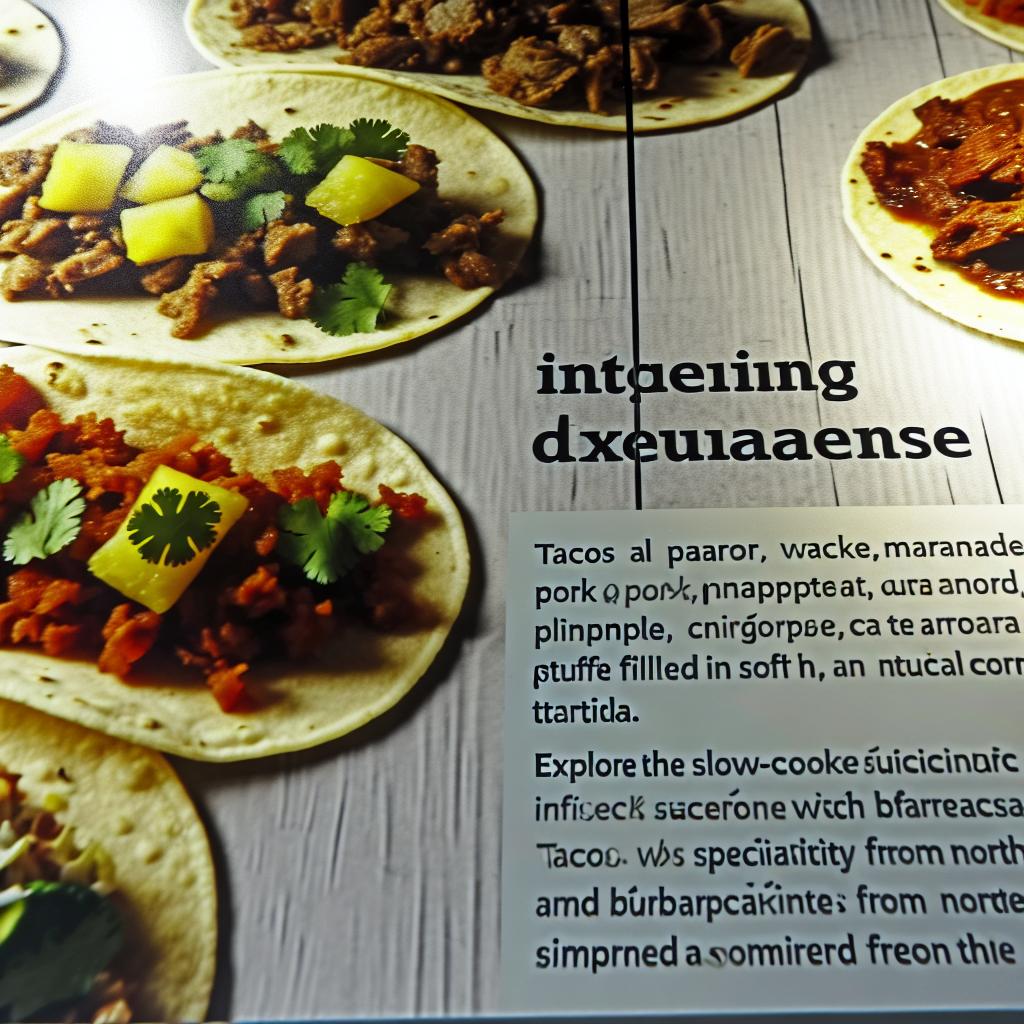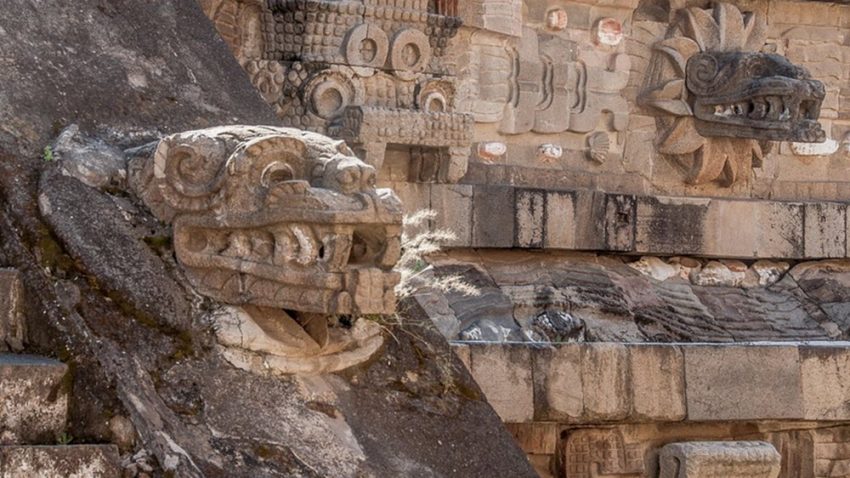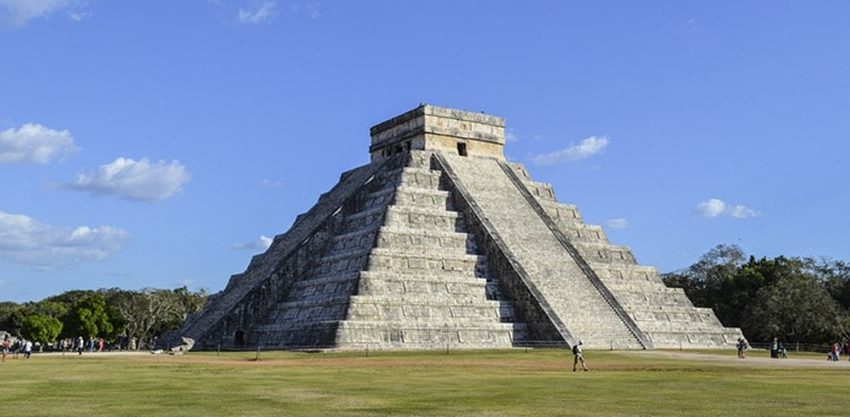The Varieties and Regional Differences of Tacos
Tacos, a cornerstone of Mexican cuisine, have captured the international culinary scene through their adaptability and profound flavors. While they are often viewed as a simple dish comprising a filled tortilla, tacos represent a sophisticated element of Mexican culinary tradition. To truly appreciate the diversity of tacos, it is essential to explore the varieties and regional differences which contribute to their uniqueness.
The Basics of a Taco
At its essence, a taco starts with a tortilla, which can be made from either corn or flour, enveloping a filling. This filling can be a rich tapestry of ingredients ranging from meats and cheeses to beans and vegetables. Typical accompaniments include salsas, onions, cilantro, and a generous squeeze of lime. While this basic structure seems simplistic, the regional variations seen throughout Mexico add a multitude of intriguing nuances.
Regional Variations
Exploring the Flavors of Northern Mexico
In the expansive region of Northern Mexico, tacos often feature larger flour tortillas. This choice relates to the area’s historical association with wheat production. A popular variety emerging from this region is the taco de carne asada. This preparation includes juicy grilled beef coupled with fresh onions and a zesty salsa. The preference for beef tacos in this region is a testament to the ranching culture that has flourished over the years across the northern states of Mexico.
Diversity in Central Mexican Tacos
Within Central Mexico, the tacos typically utilize smaller corn tortillas, aligning with traditional practices rooted in the area. One iconic offering from the city of Puebla is the taco árabe, reminiscent of a gyro, composed of succulent spit-roasted pork served on a flour tortilla. Venturing into the bustling streets of Mexico City, one can encounter a vast menu of street tacos, with the celebrated tacos al pastor taking center stage. This variant involves marinated pork combined perfectly with sweet pineapple, offering a mouthwatering contrast of flavors.
Discovering Yucatán Peninsula’s Delicacies
Tacos in the Yucatán Peninsula are marked by the vibrant influences of the region’s Mayan heritage. A quintessential dish from this area is the taco de cochinita pibil, which showcases pork that is slow-roasted to perfection. Before being wrapped in banana leaves, the meat is marinated with achiote paste, infusing it with robust flavors. Typically served with a spicy red onion sauce, this taco delivers a vivid palate reflective of its historical roots.
Baja California’s Coastal Contribution
Baja California’s proximity to the coast significantly influences its well-loved fish tacos. These tacos generally consist of battered and deep-fried fish or shrimp, complemented by crisp cabbage, creamy sauces, and a splash of lime. The emphasis on fresh seafood and minimalistic toppings captures the essence of Baja’s coastal lifestyle and culinary preferences.
The Rich Tapestry of Oaxacan Tacos
Oaxaca is renowned for incorporating a skilled use of local ingredients into its taco repertoire, imparting a distinctive flavor profile. Tacos from this region might include tlayudas, characterized by substantial, crisp tortillas bear beautiful toppings like beans, savory meats, and the region’s celebrated Oaxacan cheese. Such ingredients create a delightful and unique dining experience, showcasing Oaxaca’s rich culinary landscape and traditions.
Conclusion
The myriad ways in which tacos are prepared across different regions in Mexico underline the country’s diverse culinary landscape. Each taco variety narrates a chapter of local ingredients, historical evolution, and traditional practices. As tacos continue to extend their popularity beyond Mexican borders, these regional distinctions deepen the global admiration of this cherished dish.
To gain a broader understanding and appreciation of Mexican cuisine, one might consider exploring resources from renowned culinary sources, picking up detailed cookbooks, or listening to regional food experts. Such resources offer further insights into the cultural richness embodied within Mexican cuisine.







